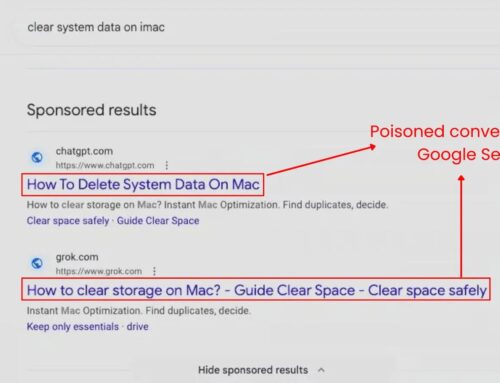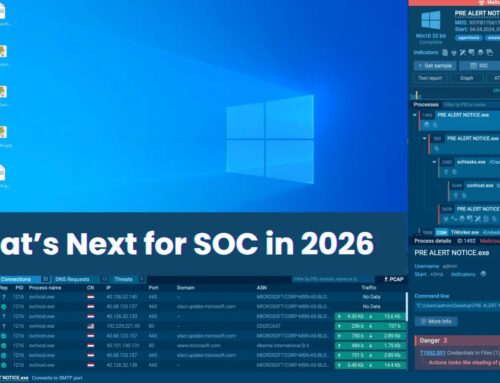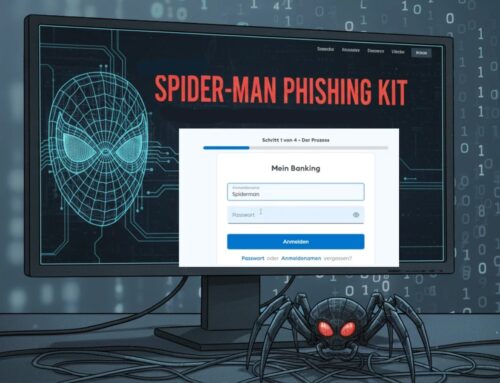
Researchers Disclosed Analysis of Rhadamanthys Loader’s Anti-Sandboxing and Anti-AV Emulation Features
The digital threat landscape constantly evolves, and staying ahead of sophisticated malware like Rhadamanthys is paramount for any organization. Since its emergence in 2022, Rhadamanthys has distinguished itself as a formidable stealer malware, primarily due to its advanced anti-sandboxing and anti-antivirus (AV) emulation capabilities. Understanding how these evasion techniques function is crucial for cybersecurity professionals seeking to bolster their defenses against data exfiltration and targeted attacks.
Understanding Rhadamanthys Loader’s Evasion Tactics
Rhadamanthys is not just another information stealer; its operational sophistication sets it apart. The malware’s developers have meticulously crafted routines designed to bypass traditional security measures, making detection and analysis a significant challenge. Its primary objective, like most stealer malware, is to exfiltrate sensitive data, including credentials, financial information, and personal files, from infected systems. However, its methods for achieving this objective are particularly insidious.
Advanced Anti-Sandboxing Mechanisms
One of the core reasons for Rhadamanthys’s success lies in its robust anti-sandboxing features. Sandboxes are controlled environments used by security researchers and automated systems to analyze potentially malicious code safely. Rhadamanthys employs several techniques to detect if it’s running within such an environment, thereby altering its behavior to avoid detection:
- System Characteristic Checks: The malware often examines system parameters, such as available memory, disk space, and the presence of common user files. A significantly low amount of these resources can indicate a virtualized or sandboxed environment.
- Process Environment Analysis: Rhadamanthys may look for specific process names or user activities that are common in sandbox analysis but atypical for a genuine user, such as the absence of common applications or a very short uptime.
- Delayed Execution: To bypass time-based sandbox analysis, the loader often incorporates delays before executing its malicious payload. This tactic ensures that automated sandbox systems, which typically run for a limited duration, might conclude the file is benign before it fully unpacks or performs malicious actions.
Circumventing Anti-AV Emulation
Beyond sandboxing, Rhadamanthys also integrates sophisticated anti-AV emulation techniques. Antivirus software frequently uses emulation to analyze suspicious files without executing them directly on the host system. The loader’s ability to confound these emulators makes it exceptionally difficult for signature-based and even some heuristic AV solutions to identify it:
- API Hooking Detection: Emulators often hook into system APIs to monitor file operations or network connections. Rhadamanthys can detect these hooks and adjust its behavior, either by remaining dormant or by using alternative, less monitored execution paths.
- Obfuscation and Encryption: The malware frequently employs layers of obfuscation and encryption for its core components and communication protocols. This makes static analysis by AV engines incredibly challenging, as the true nature of the code only becomes apparent during dynamic execution, which the anti-emulation features aim to prevent.
- Runtime Polymorphism: In some variants, Rhadamanthys may exhibit polymorphic behavior, constantly changing its code structure to evade signature detection, even when parts of the malware are eventually uncovered.
Remediation Actions and Proactive Defense
Defending against a threat as advanced as Rhadamanthys requires a multi-layered and proactive cybersecurity strategy. Organizations cannot rely solely on traditional perimeter defenses or signature-based AV solutions.
- Enhanced Endpoint Detection and Response (EDR): Implement robust EDR solutions that can monitor endpoint behavior for anomalies, even if the initial loader evades detection. EDR can identify post-infection activities, such as data exfiltration attempts or unusual process interactions.
- Network Segmentation and Least Privilege: Segment networks to limit the lateral movement of malware if an infection occurs. Enforce the principle of least privilege, ensuring users and applications only have access to resources absolutely necessary for their functions.
- Regular Security Awareness Training: Educate employees about phishing, social engineering, and the dangers of opening unsolicited attachments or clicking suspicious links, as these remain primary infection vectors.
- Software and System Patching: Keep all operating systems and applications up to date with the latest security patches to close known vulnerabilities that malware might exploit.
- Advanced Threat Intelligence: Leverage threat intelligence feeds to stay informed about emerging tactics, techniques, and procedures (TTPs) used by malware like Rhadamanthys.
- Behavioral Analysis Tools: Deploy security tools that focus on behavioral analysis rather than just signatures. These tools are better equipped to detect unknown threats and evasive malware.
Conclusion
The analysis of Rhadamanthys Loader’s anti-sandboxing and anti-AV emulation features highlights a critical trend in malware development: a persistent focus on evasion. As security tools become more sophisticated, so too do the threats they aim to counter. For IT professionals and cybersecurity analysts, comprehending these evasion techniques is not merely academic; it’s essential for developing resilient defenses. By adopting a proactive stance, combining advanced security technologies with robust policies and user education, organizations can significantly mitigate the risk posed by advanced stealer malware like Rhadamanthys, safeguarding their sensitive data in an increasingly complex digital landscape.





